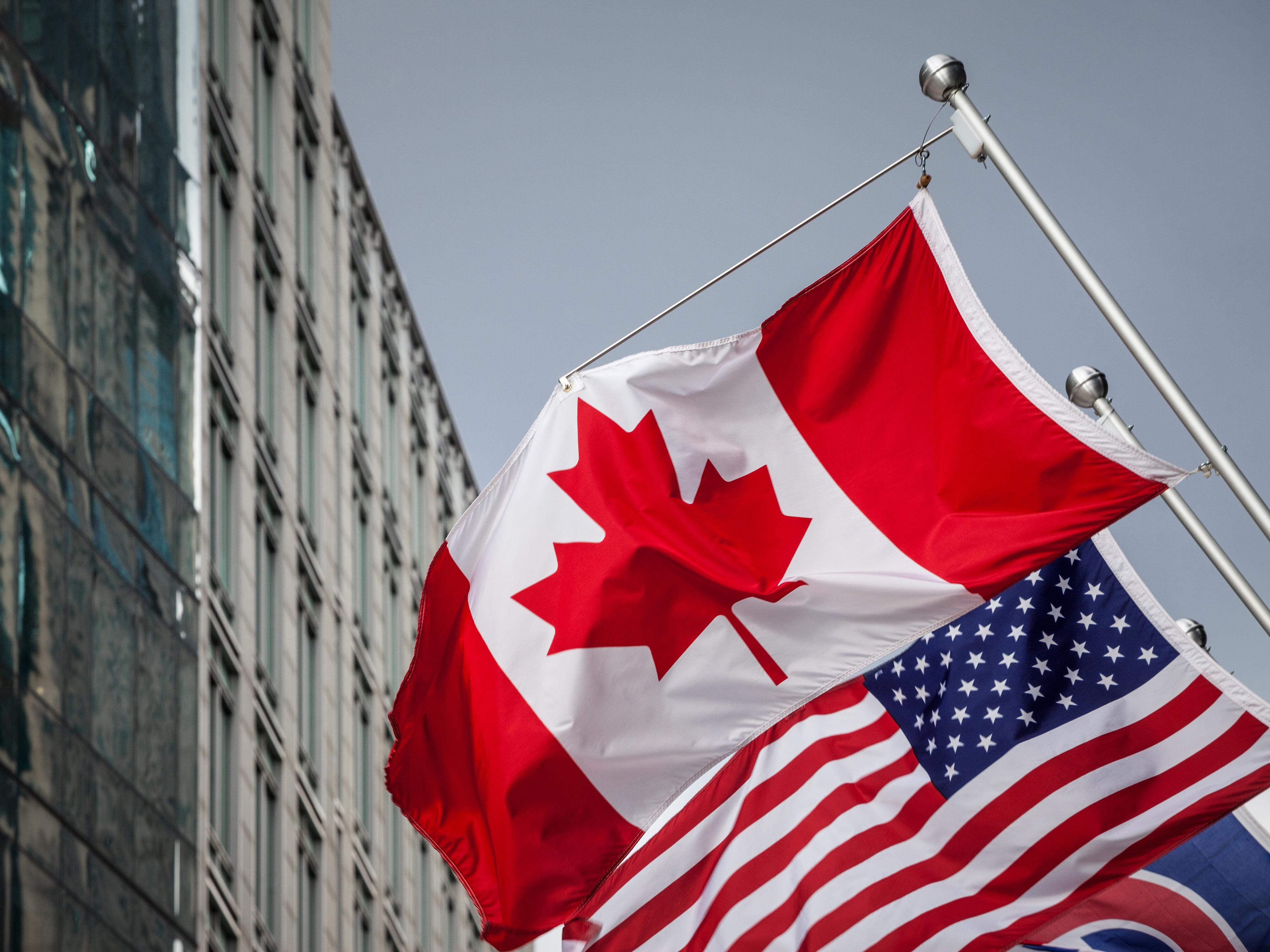Fitch downgraded the United States’ credit rating to AA+ from AAA, somewhatof a surprise move, yet, not all that surprising. One doesn’t need to be a raging fiscal hawk to sense that running deficits in excess of 8% of GDP, at the top of the business cycle, is not the most prudent course. Fitch noted a number of factors to justify its move, including an erosion of governance, rising deficits, a growing debt burden and medium-term challenges that persistently go unaddressed. One question that has come up: where does this leave Canada? Fitch already downgraded Canada during the height of the pandemic in 2020 (to AA+), while the other big-three rating agencies still rate Canada triple-A with a stable outlook. In absolute terms, fiscal hawks havebeen sitting a bit uneasy in Canada alongside large-scale pandemic-era support, a continuous flow of new program spending and a rising tax burden. But, in relative terms, Canada looks downright responsible when set against the U.S. performance.Governance remains an issue in the U.S., as highlighted by the recent debt limit standoff. While an agreement was reached to suspend the debt limit until January 2025, this is viewed by many as just kicking the can a bit further down the road, yetagain. Indeed, the initial credit rating downgrade by S&P in 2011 similarly centred around a debt-limit standoff. In Canada, there is no such explicit borrowing limit, so most governance issues revolve around party control and their ability to form and maintain government. In the current minority government, the Liberals have support from the NDP until 2025 which has helped keep policy predictable.
Drilling into the core of the issue, deficits and stimulus spending in Canada still pale in comparison to south of the border. Make no mistake, recent policy settings in Ottawa have been fully geared toward higher program spending, somewhat higher taxes and persistent deficits. In fact, in the latest 12 months, federal program spending sat a hefty 31% above pre-COVID levels even as temporary relief measures have rolled off, or fully 2 ppts higher as a share of GDP. But, again, it’s all relative: U.S. non interest outlays now sit more than 40% above pre-COVID levels. While Canada was a big spender through the pandemic via various support programs, the U.S. ran an even more aggressive program, and that has continued into this year. Consider that stimulus in the 2023 budget, Canada’s response to the U.S. Inflation Reduction Act, totalled $43 billion over six years, or roughly 0.2% of GDP per year—meaningful from a deficit perspective, but small-time in comparison. Indeed, Canada’s budget deficit is projected to shrink gradually from 1.4% of GDP this year to 0.4% by FY27/28 and, while Ottawa’s reluctance to show a balanced budget is an ongoing criticism of the hawks, the reality is the shortfalls remain manageable.
Meantime, Canada’s debt burden has risen notably in recent years as the federal government absorbed the vast majority of pandemic-related spending and borrowing. But, on a relative basis, Canada’s burden remains low; and at 43.5%, the federal debtto-GDP ratio is expected to peak this year before fading below 40% in FY27/28. Interest costs are creeping up as they are globally, which will likely bite into discretionary program spending, but the starting point is a favourable 8% of revenues—Canadawas north of 30% on this metric when it faced widespread downgrades in the early 1990s. At the same time, provincial government budgets are largely balanced,and combined provincial net debt has fallen below 30% of GDP. While there is ongoing pressure to increase federal provincial transfers for areas such as health.
Our Thoughts care, the provincial fiscal situation is such that it shouldn’t require any unpredictable federal support in the foreseeable future. Finally, Fitch highlights medium-term stress in areas like U.S. Social Security funding, which is expected to be depleted by 2033. Canada doesn’t face the same stress, in part because of gradual increases in contribution rates. All told, we wouldn’t go so far as to say everything is rosy in Canada from a fiscal perspective, especially when the desire to spend and run deficits meets a sharply higher interest rate environment. But, on a relative basis, the U.S. is setting a pretty low comparison bar to step over.
